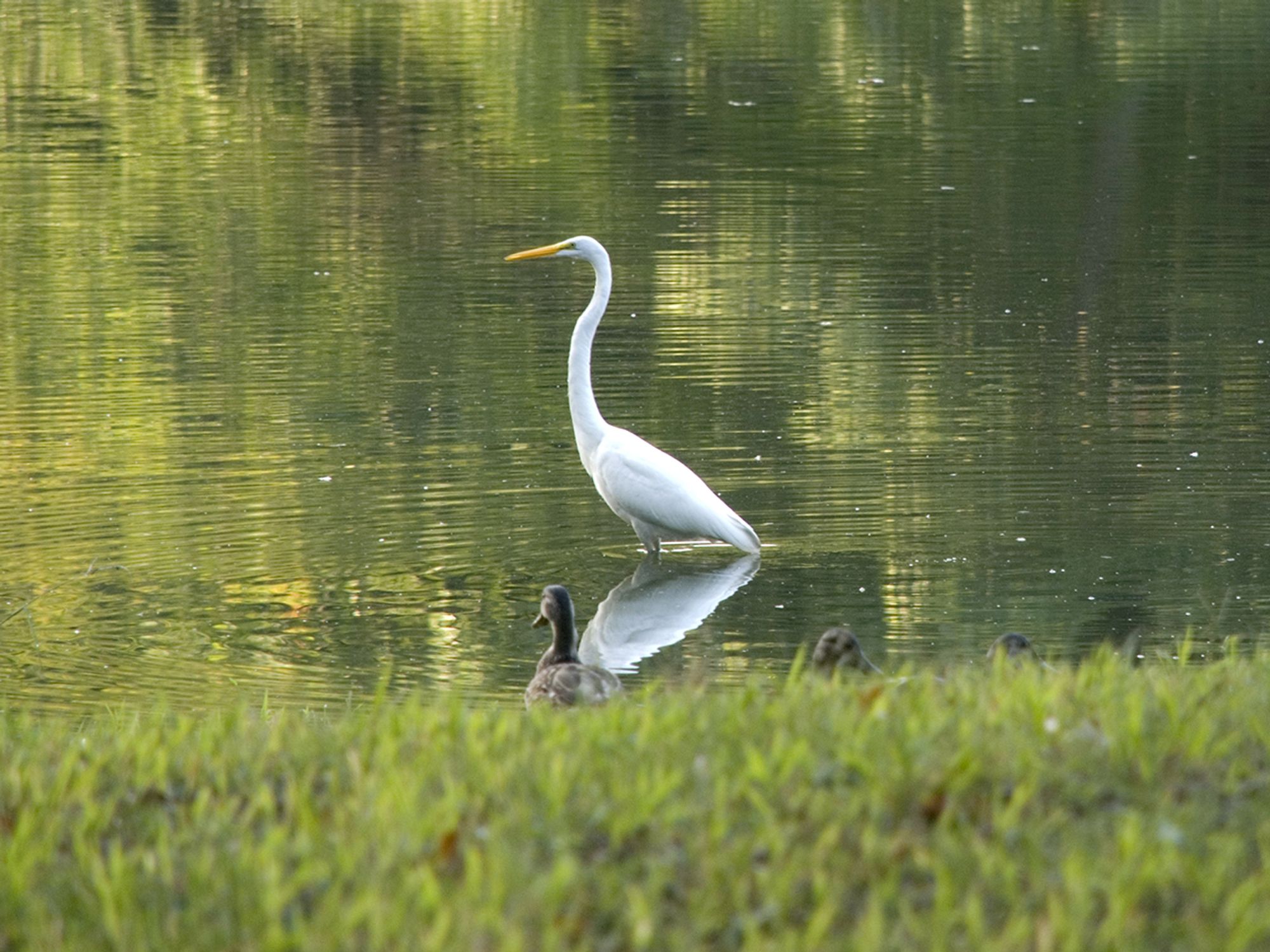What species are protected?

- Threatened and endangered species reports can be found on ECOS.
- USFWS delists species for three different reasons.
Different species are protected under various acts. For the Endangered Species Act (ESA), native species of plants and animals, besides pest insects are eligible for protection. The Migratory Bird Treaty Act (MBTA), however, only protects birds.
ESA lists
Under the ESA, species can be listed as endangered or threatened.
- Endangered means a species is in danger of extinction throughout all or a large part of its range.
- Threatened means a species is likely to become endangered within the near future.
- Regarding the ESA, congress defines species to include subspecies, varieties, and, with vertebrates, definite population segments.
Threatened and endangered species reports can be found on the Environmental Conservation Online System (ECOS). There is a list for All Threatened and Endangered Animals and for All Threatened and Endangered Plants.
Additionally, the U.S. Fish and Wildlife Service (USFWS) upkeeps a list of candidate species. These are species for which there is enough data present to warrant suggesting them for listing, but they are ruled out from doing so by greater listing priorities.
There is also a list to identity when a species is delisted or removed from a list. The delisted species can also be found on ECOS.
USFWS delists species for three different reasons:
- The species has recovered to the extent that it no longer requires protection from the ESA.
- The original data justifying listing has been shown to be inaccurate, or new information indicates that the species is not actually endangered or threatened.
- The species has fallen to extinction.
In accordance with the ESA, when a species recovers and is delisted, it must be looked after where it occurs for a minimum of five years. Examples of species that have been delisted due to recovery include:
- Kirtland's Warbler (Setophaga kirtlandii)
- Scarlet-chested parakeet (Neophema splendida)
- Running buffalo clover (Trifolium stoloniferum)
- White-haired goldenrod (Solidago albopilosa)
- Gray wolf (Canis lupus)
- Lesser long-nosed bat (Leptonycteris curasoae yerbabuenae)
- Monito gecko (Sphaerodactylus micropithecus)
- Concho water snake (Nerodia paucimaculata)
